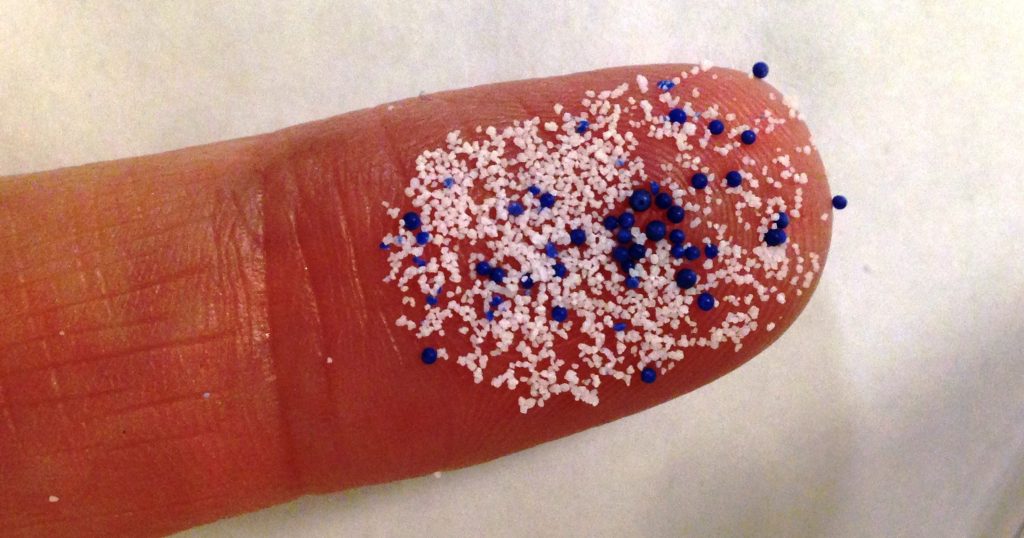Microplastics Found In Human Digestive Systems and Faeces Across The World, New Study Reveals.
Source: University Of Vienna Oct 24, 2018 6 years, 6 months, 2 days, 15 hours, 38 minutes ago
Researchers monitored a group of participants from 8 countries across the world with results showing that every single stool sample tested positive for the presence of microplastic and up to 9 different plastic types were identified.
Microplastics have been found in the human food chain as particles made of polypropylene (PP), polyethylene-terephthalate (PET) and others were detected in human stools, research presented today at the 26th UEG Week in Vienna reveals.
Researchers from the Medical University of Vienna and the Environment Agency Austria monitored a group of participants from countries across the world, including Finland, Italy, Japan, the Netherlands, Poland, Russia, the UK and Austria. The results show that every single stool sample tested positive for the presence of microplastic and up to nine different plastic types were identified.
Microplastics are small particles of plastic less than 5mm and are used in various products for specific purposes; as well as being created unintentionally by the breaking down of larger pieces of plastic through weathering, degradation, wear and tear. Microplastic may impact
human health via the GI tract where it could affect the tolerance and immune response of the gut by bioaccumulation or aiding transmission of toxic chemicals and pathogens.
The pilot study was conducted with eight participants from across the globe. Each person kept a food diary in the week leading up to their stool sampling. The diaries showed that all participants were exposed to plastics by consuming plastic wrapped foods or drinking from plastic bottles. None of the participants were vegetarians and six of them consumed sea fish.
The stools were tested at the Environment Agency Austria for 10 types of plastics following a newly developed analytical procedure. Up to nine different plastics, sized between 50 and 500 micrometres, were found, with polypropylene (PP) and polyethylene terephthalate (PET) being the most common. On average, the researchers found 20 microplastic particles per 10g of stool.
Lead researcher Dr. Philipp Schwabl, who is presenting the findings at the 26th UEG Week, commented: "This is the first study of its kind and confirms what we have long suspected, that plastics ultimately reach the human gut. Of particular concern is what this means to us, and especially patients with gastrointestinal diseases. While the highest plastic concentrations in animal studies have been found in the gut, the smallest microplastic particles are capable of entering the blood stream, lymphatic system and may even reach the liver. Now that we have first evidence for microplastics inside humans, we need further research to understand what this means for human health."
Global plastics production has increased substantially from the 1950s and continues to grow every year. For their many practical characteristics, plastics are pervasive in everyday life and humans are exposed to plastics in numerous ways. It is estimated that, through pollution, 2-5 % of all plastics produced end up in the seas. Once in the ocean, plastics are consumed by sea animals and enter the food chain where ultimately, they are likely to be consumed by humans. Significant amounts of microplastic have been detected in tuna, lobster and shrimp. Beyond that it is highly likely that during various steps of food processing or as a result of packaging food is being contaminated with plastics.
For further information, please contact Luke Paskins on +44 (0)1444 811099 or media@ueg.eu
